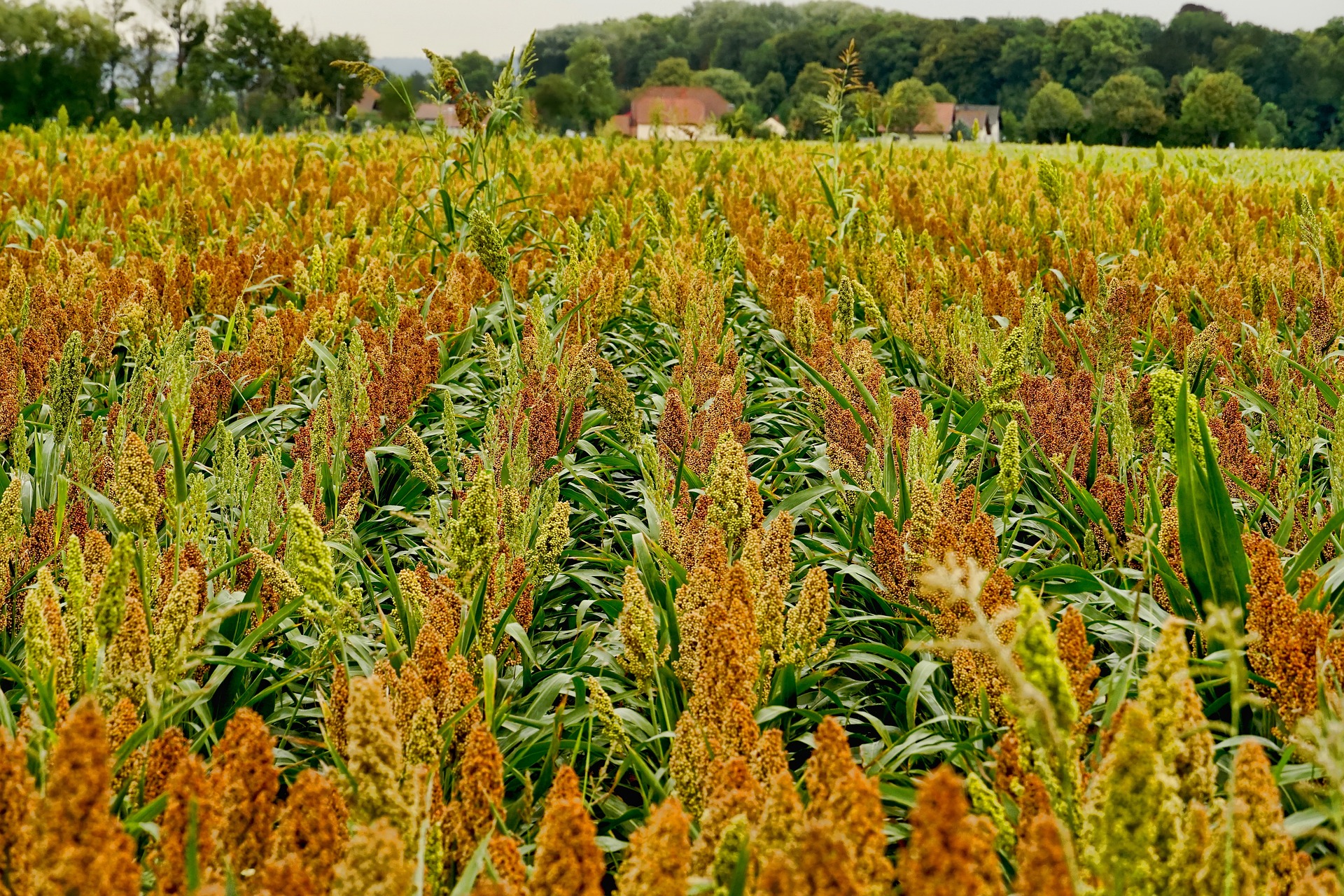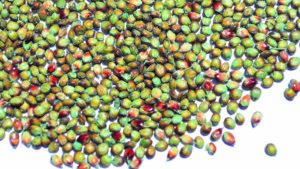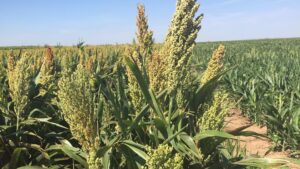A $2 million grant could help modernize guidance for applying nitrogen to sorghum for a three-state region, boosting grain sorghum’s value across the U.S., believe Kansas State University (K-State) researchers.
K-State received the grant from the USDA’s Partnerships for Climate Smart Commodities project as part of a “five-year, $65 million award to the National Sorghum Producers,” according to a release.
“This is a watershed day for the sorghum industry,” said Tim Lust, CEO of the National Sorghum Producers. “We appreciate the USDA for the opportunity to realize sorghum’s potential as a climate-smart commodity.”
The project provides a way to quantify, track and verify the effects of the practices related to sorghum production, with the end goal of monetizing the practices in ecosystems services markets, according to Lust. The initial focus will be on low carbon fuel markets.
The project is in collaboration with Oklahoma State University and Texas A&M University colleagues for a three-state effort.
“One of the things we had hoped to do in the last couple years is to modernize our soil fertility recommendations for grain sorghum,” said Peter Tomlinson, K-State Research and Extension environmental quality specialist. “This project will provide funding to do that, particularly around our recommendations for applying nitrogen.”
Field trials will take place in Manhattan, Kansas with Tomlinson as the project leader. Similar trials will be conducted in Oklahoma and Texas.
“We believe that through all of these combined efforts over the next four years, we will be able to modernize and advance the N recommendations for grain sorghum across the region,” said Tomlinson.
Researchers are confident that modernizing sorghum production recommendations for nitrogen could enable producers to apply nitrogen in correct amounts, while maximizing yields.
“The other piece of that is when they develop a carbon intensity score (a measure of hydrocarbons emitted versus the amount of energy consumed) for grain sorghum, nitrogen plays an important part in that calculation,” added Tomlinson. “Through this work, if we can find that we can reduce nitrogen recommendations even by a couple percentage points, we may be able to ultimately reduce that carbon intensity score for grain sorghum.”
While the nitrogen management project is funded for five years, Tomlinson hopes to complete it in only four to allow time during the fifth year for communication and incorporation of the findings into the extension programs throughout the region.
“We’ll see how the fertility trials pan out over the next couple of years, but if we can optimize our nitrogen application rates, that comes with the added benefits of reducing nitrogen runoff and leaching,” he said. “It speaks to the overall sustainability efforts of improving our crop production systems. Water quality is essential to my position, and even though we won’t be directly looking at water quality, we know that there are added benefits to the crop production system if we can optimize our nitrogen rates and reduce excess nitrogen.”
Read More:
Is Lupin a Potential Cover Crop for Sorghum and Cotton?
Sorghum Mutants Offer Solution for Food Insecurity













